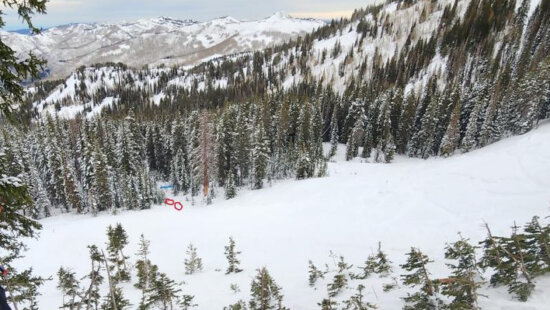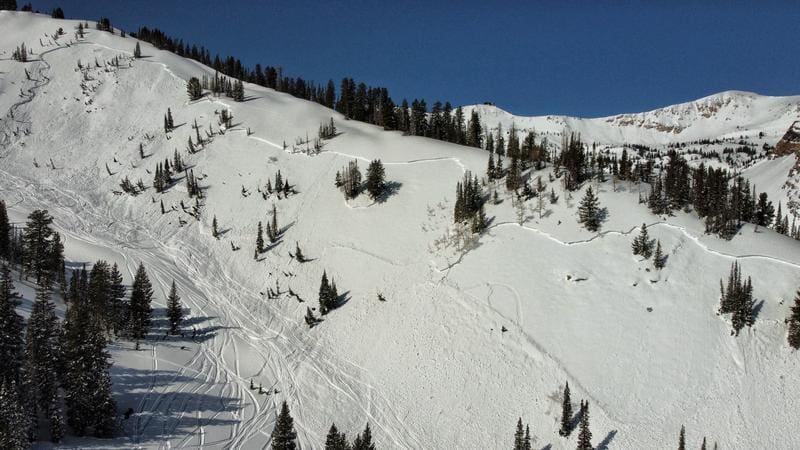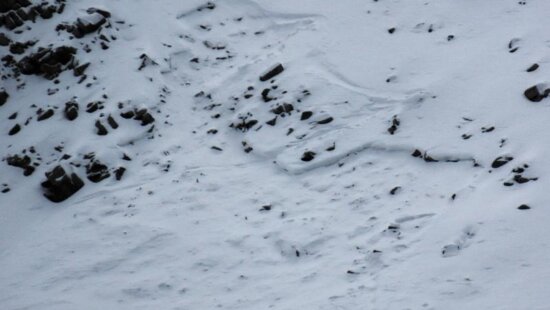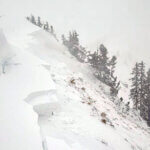NonProfit
Neighborhood Non-profit: The Utah Avalanche Center
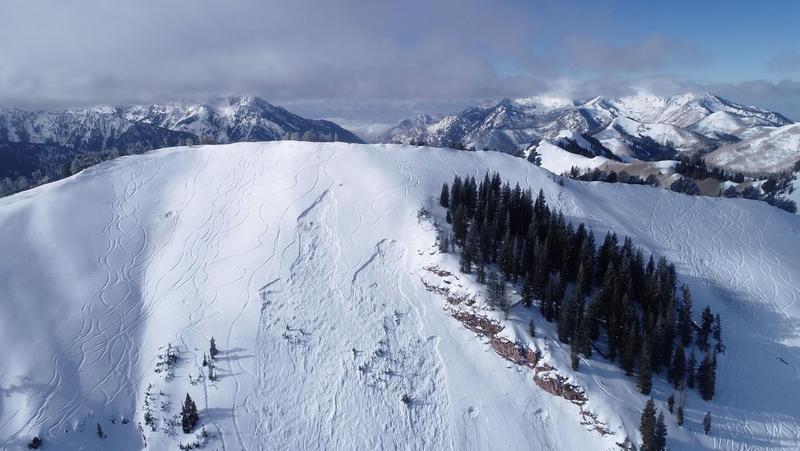
Dutch Draw Avalanche, January 2021: "Aerial image of the slide path, the left-most crown is the human triggered avalanche. The right-most crown was explosive triggered." Photo: Courtesy of the Utah Avalanche Center
SALT LAKE CITY — The Utah Avalanche Center (UAC) is on a mission to save lives through forecasting, education, and awareness.
The UAC is a collaboration with the U.S. Forest Service (USFS), established in 1980. The non-profit arm of the UAC, Friends of the Utah Avalanche Center, started in 1990 in response to variable funding from the USFS and a growing user base.
The UAC has ties to Little Cottonwood Canyon (LCC) and the birth of modern snow science, avalanche research, avalanche mitigation, and avalanche control work in the United States. In 1939, USFS snow rangers started to observe and study avalanches in LCC. In the 1950s and 60s, Ed LaChapelle and Montgomery Atwater began to understand how snow and avalanches behave through their observation and research at Alta, in Little Cottonwood Canyon. In addition, USFS snow ranger Binxs Sandahl started providing backcountry skiers with avalanche information over the phone during the same period.
In 1980 the UAC was born and fully funded by the Wasatch-Cache National Forest. As an answer to fluctuating funding from the USFS, the UAC held a ski swap fundraising event hosted by REI in 1991. The ski swap began generating income through the non-profit Friends of the Utah Avalanche Center. Now the UAC generates 75% of funding from their non-profit arm. The remaining 25% comes from state, federal, and county sources.
“Putting out a public avalanche forecast takes a lot of work and lots of effort behind the scenes,” Andrew Nassetta, the UAC Program Director, explains, “Through the non-profit, we are able to fundraise a large portion of our budget that helps keep operations sustainable and allow us to provide a free avalanche forecast.”
Nassetta describes how backcountry users obtained information in the early days. “When things first started, you would call the hotline number and hear your forecaster reading the daily hazard advisory on a recording. You can still do this through the dawn patrol hotline, at 888-999-4019,” he says.
In 1998 the UAC continued to pioneer avalanche safety by launching an avalanche forecast website, the first of its kind in the U.S. Over two decades later, the website is one of the most advanced in the country. The 18 UAC employees create daily avalanche forecasts for Salt Lake, Ogden, Logan, Provo, the Uintas, Skyline, Moab, and the Abajos.
Beyond forecasting, the UAC is a vital asset for avalanche education. In 2003, the UAC launched the Know Before You Go (KBYG) video and program in response to a fatal avalanche. The one-hour KBYG course reached over 12,000 students in Utah within a year.

“Our Know Before You Go Program is free, and they are held virtually and person and locations from K-12 Schools, to shops, to anyone who travels in, near or around snow-covered mountains,” Nassetta explains.
In 2015 the UAC revised the KBYG video in partnership with Red Bull Media House, Sherpa Cinema, and athletes Jeremy Jones, Jimmy Chin, Angel Collinson, and Travis Rice. The result is an international phenomenon, and the KBYG curriculum spreading worldwide.
The UAC continues to shine as a leader in public avalanche education. “We offer a variety of programs ranging from Know Before You Go to on-snow recreational courses like a Backcountry 101 and Introduction to Avalanche Rescue Course,” Nassetta says, “Our on-snow programs aim to provide affordable, entry-level Avalanche education that serves as an introduction or refresher for anyone.”
“The UAC website has tons of resources and educational resources. You can also find free online learning opportunities through KBYG.org,” Nassetta elaborates, “The daily avalanche forecast is the best resource we have. These forecasts and observations that are made available to the public for free are vital to having a safe and enjoyable time in the backcountry.”
The UAC’s achieves their mission is to keep people on top of The Greatest Snow On Earth® by providing avalanche forecasting, education, and awareness throughout the state of Utah.
















